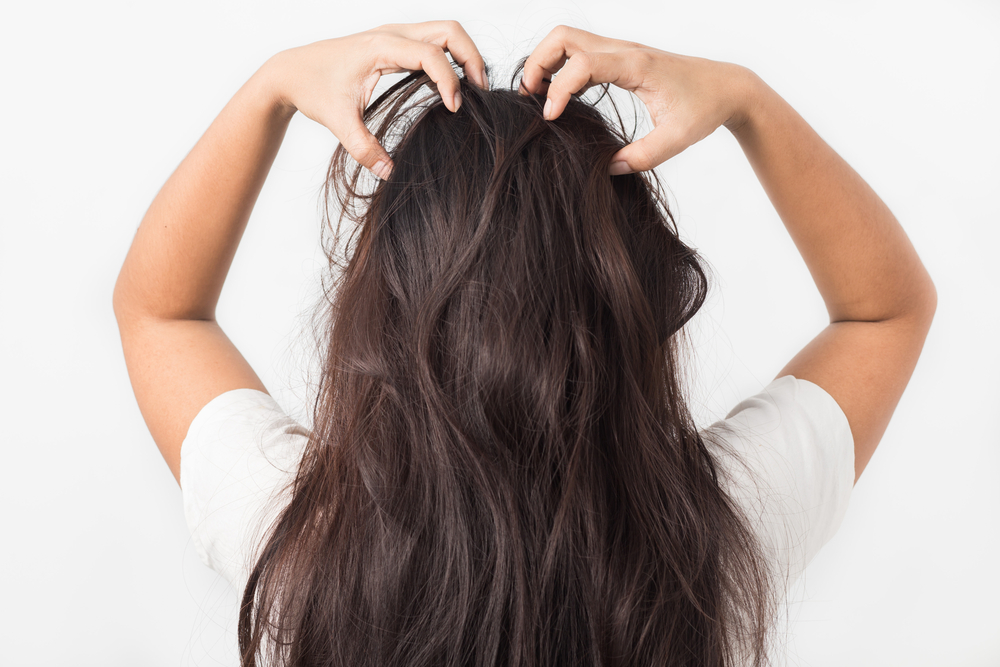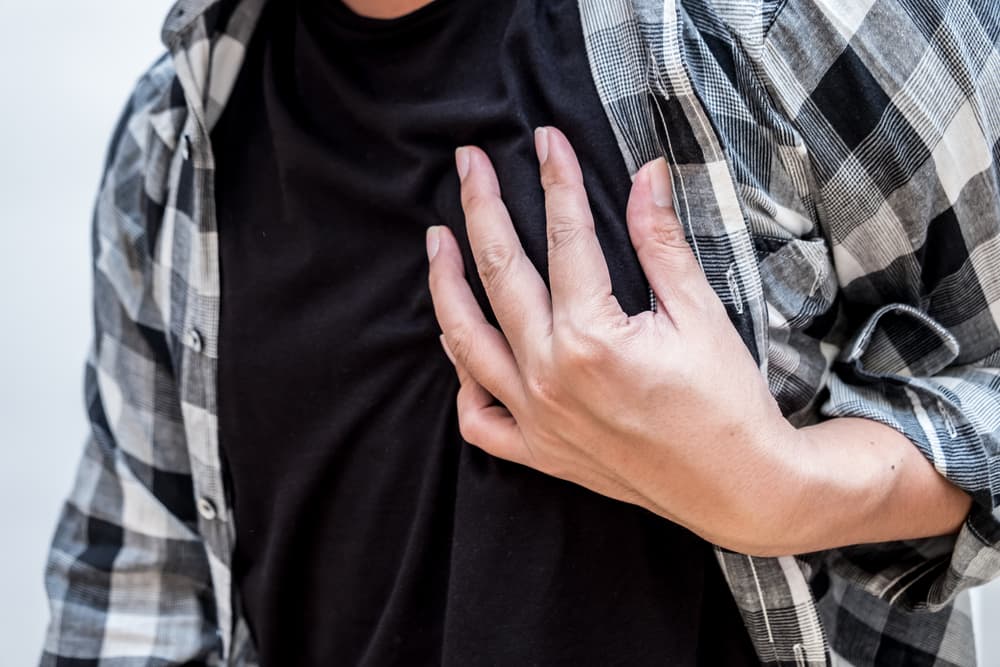Contents:
Medical Video: 7 Things You Probably Don't Want to Know About Lice
Lice, are small parasitic insects that can be found on the head, body, face and pubic area. Fleas survive by alighting in humans, which then makes you feel itchy. However, do you know if the types of fleas found in each area of the body differ from each other? What are the health problems that can be caused by fleas? See below, let's!
Head lice
Head lice are in the area of the scalp and neck, attaching the egg to the base of the hair shaft. Head lice cannot jump or fly, they can only move by crawling. Therefore, head lice usually spread through direct head contact which allows these pests to crawl from someone's hair to someone else's hair, for example using a comb alternately.
Compared to other types of fleas, head lice cannot transmit any disease. Head lice can only cause mild symptoms, such as itching (pruritus) as an allergic reaction to flea bites. Other symptoms of head lice include the sensation of something moving in the hair, unable to sleep due to itching in the head, and head injury due to scratches.
Body lice
Body lice live and lay eggs on clothes, and move to human skin to find food. Body lice can spread disease, especially if you do not maintain good personal hygiene.
Unlike many people suspect, it turns out dogs, cats and other pets do not play a role in the movement of human fleas. You can only catch fleas from other humans, cannot be from different species such as dogs.
Fleas in the body are known to transmit diseases (typhus epidemics, trench fever, andouse-borne relapsing fever).
- Typhus is a disease caused by infection with rickettsial bacteria carried by lice and mites. When ticks and mites that carry rickettsial bacteria bite someone, the bacteria that cause typhus will then move and infect the body.
- Trench fever or trench fever is a disease caused by body lice. This disease is known as a five-day fever, with symptoms such as sudden high fever, severe headache, back pain, leg pain, and body rash.
- Louse-borne relapsing fever is a disease caused by lice caused by Spirochaete borrelia recurrentis, which is a bacterium that is transmitted by fleas to humans.
Pubic lice
Pubic lice are usually found sticking to the hair in the pubic area. However, this type of lice is sometimes found in coarse hair in other body parts. For example in eyebrows, eyelashes, beards, mustaches, chest hair, armpits, and others. Pubic lice usually spread through sexual contact. Again, dogs, cats and other pets cannot transmit these types of fleas to humans.
Pubic lice are caused by parasites Pthirus pubis which spreads through physical contact such as vaginal, anal, and oral sexual relations; kissing; and cuddle. Some complications that can be caused by infection with pubic lice include disorders of the eyes and skin, impetigo, furunculosis (appearance of boils on the skin), inflammation of the eye (blepharitis), and conjunctivitis (infection of the mucous membranes of the eye).












